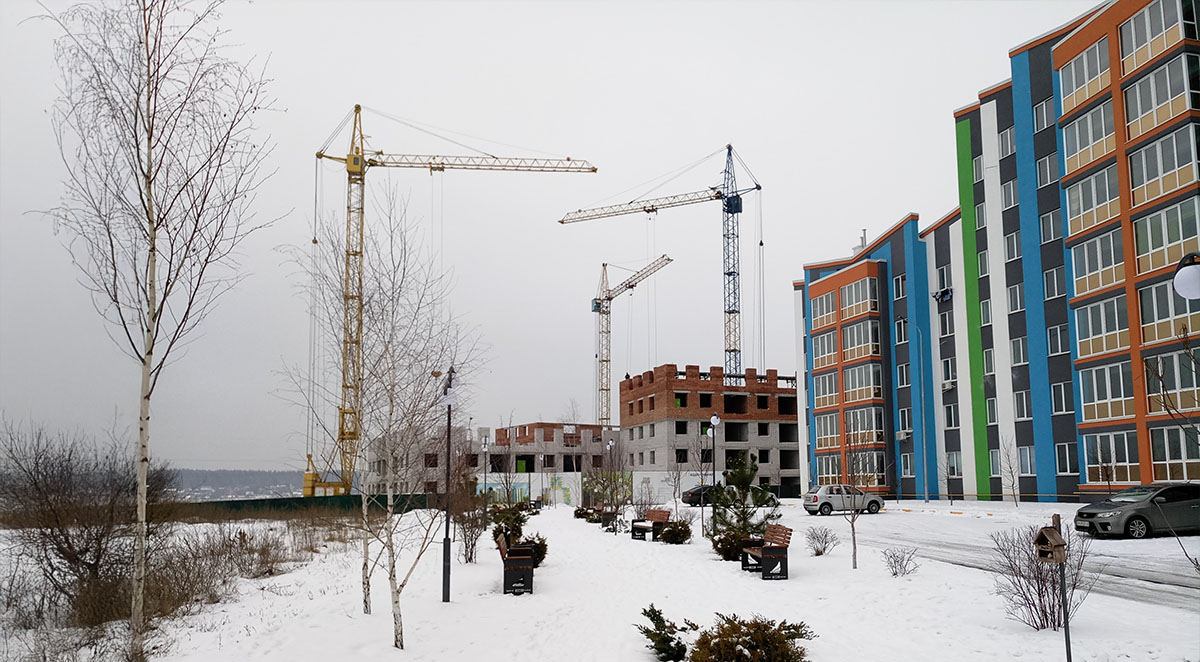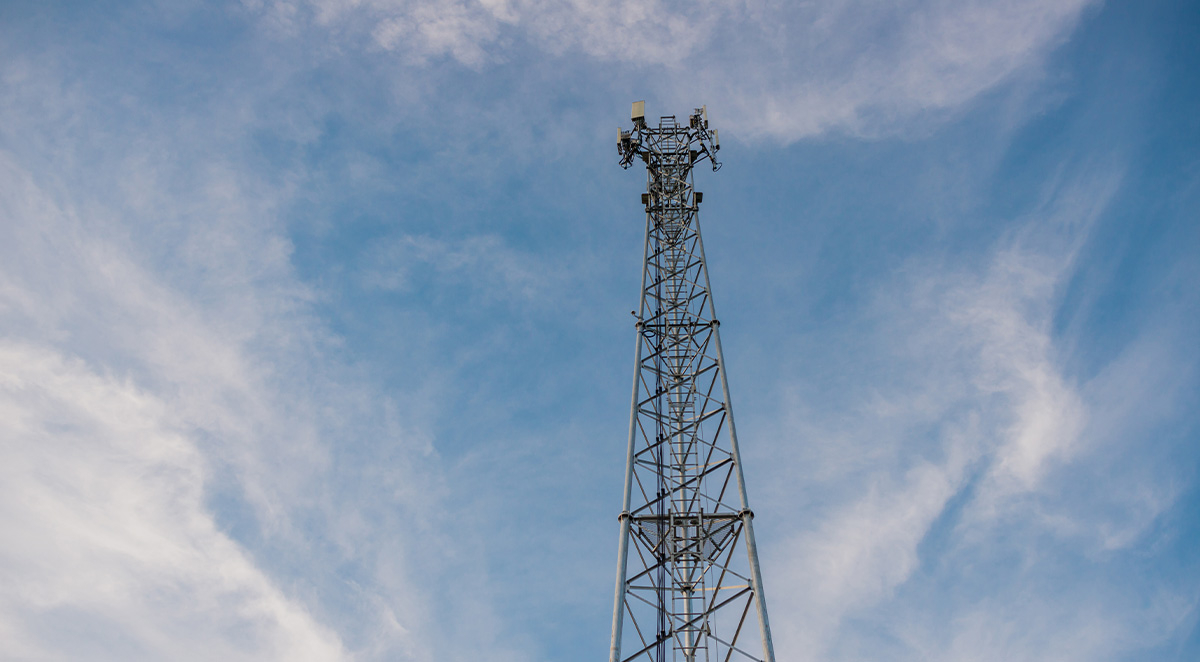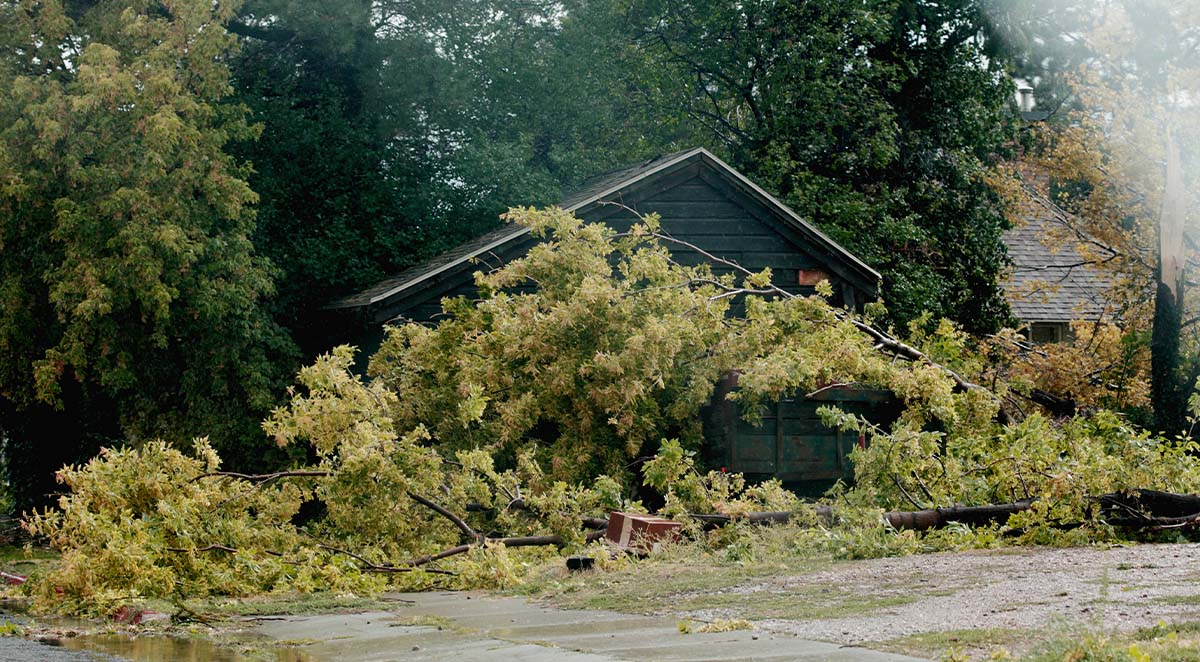At Parker’s Crane Service Inc., safety is our top priority, no matter the season. But as temperatures drop and winter sets in, operating cranes in cold weather introduces unique challenges that demand extra precautions. Freezing temperatures, ice, snow, and high winds can all affect crane performance, operator safety, and overall job site efficiency. Ensuring that all team members understand the risks and best practices for winter crane operation is crucial to maintaining a safe and productive work environment.
In recent years, technological advancements have revolutionized various industries, and the crane rental sector is no exception. Two of the most significant innovations driving change in this field are 5G connectivity and the Internet of Things (IoT).
These technologies are reshaping how crane operations are managed, enhancing safety, improving efficiency, and reducing costs.
Cell towers are a critical part of modern telecommunications infrastructure, enabling wireless networks to function efficiently and reliably. With the growing demand for 5G networks and the continuous expansion of wireless coverage, the need for regular maintenance and new cell tower installations has never been higher.
However, these projects often require lifting and placing heavy equipment at extreme heights—a task where cranes play an indispensable role.
Natural disasters such as hurricanes, floods, tornadoes, and severe storms cause widespread devastation, leaving behind damaged structures, blocked roads, and compromised infrastructure. Responding to this chaos requires heavy-duty equipment capable of handling large-scale cleanup and restoration tasks. Among the most indispensable tools for such recovery efforts are cranes, particularly those with the capability to reach up to 200 feet or more.



